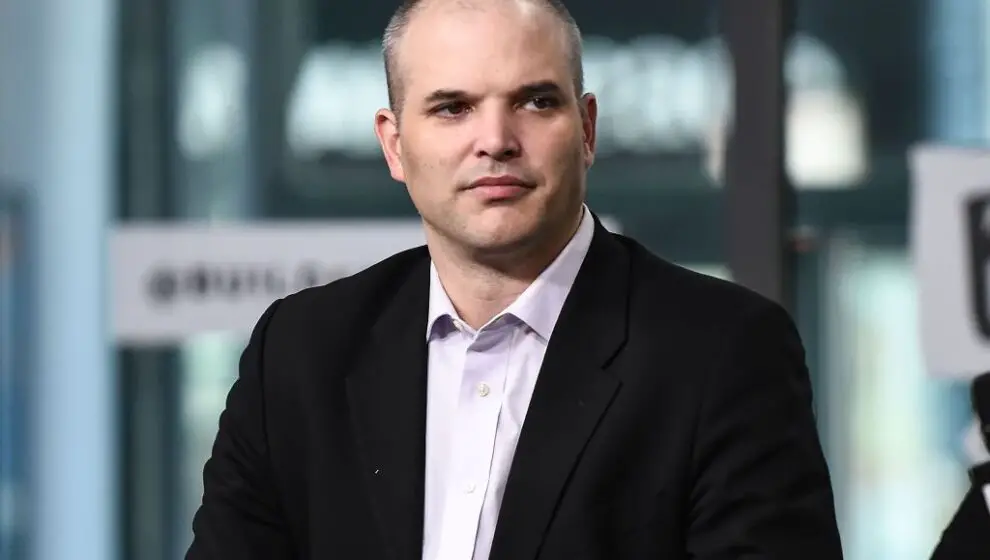The revelations of “The Twitter Files” continue, with new batches of information released since we last reported.
Key Details
- Twitter CEO Elon Musk has been working with independent journalists to reveal documents about internal operations and policies, thus far revealing that Twitter gave politicians tools to request tweets to be taken down, blocked the Hunter Biden laptop story against company policy, and that the company was blocking tweets from conservative accounts like Charlie Kirk, Dan Bongino, and Libsoftiktok.
- The first round of The Twitter Files was released by independent journalist Matt Taibbi on December 2, followed by a second round by independent journalist Bari Weiss on December 8.
- Taibbi then released the third round on December 9, then Author Michael Shellenberger released part four on December 10, and Weiss released round five on December 12.
- The newest rounds show Twitter was actively working with federal authorities on its decision-making.
- It also reveals how the company internally defended banning the sitting President of the United States and how the decision was used on other politicians, accounts, and hashtags.
Why it’s News
The Twitter Files have presented evidence that both Republicans and Democrats interacted in ways not in line with Twitter’s professed commitment to freedom of speech. Both parties were permitted to request tweets be taken down that were harmful to their campaigns. The preponderance of the evidence suggests that the political biases of Twitter’s staff weaponized the platform against conservative accounts.
“It’s important to understand that Twitter’s staff & senior execs were overwhelmingly progressive. In 2018, 2020, and 2022, 96%, 98%, and 99% of Twitter staff’s political donations went to Democrats,” says journalist Shellenberger.
The internal records of Slack logs and messages show that not only were employees seeking ways to ban prominent political opponents but that they bent the rules and celebrated when they succeeded.
Breaking it Down
The majority of the messages appear between January 6 and January 8, 2021, but Taibbi provides documentation that Trust and Safety lead Yoel Roth, Trust and Safety chief Vijaya Gadde, and Deputy General Counsel Jim Baker were meeting with government officials prior to the 2020 election and discussing ways to intensify and suppress political opinions that the website found undesirable, with less scrutiny toward Twitter policies.
Policy Director Nick Pickles is shown trying to spin Twitter’s relationship with the FBI and the Department of Homeland Security as “partnerships” with “experts.” The FBI sent tweets regarding election integrity and voter fraud to Twitter, which would mark them with a “Learn How Voting Is Safe and Secure” label.
The suppression of “high-profile” accounts only intensified following the Capital Riot on January 6, 2021.
On January 7, 2021, the website was busy trying to spin a justification to ban President Donald Trump, seeking “a change of policy for Trump alone, distinct from other political leaders” with “no concern for the free speech or democracy implications of a ban,” says Shellenberger. Twitter would ban the President on January 8 for “risk of further incitement of violence” based on “how [Trump’s tweets] are being received & interpreted.”
“For years, Twitter had resisted calls both internal and external to ban Trump on the grounds that blocking a world leader from the platform or removing their controversial tweets would hide important information that people should be able to see and debate,” says Weiss.
Twitter employees regarded breaking its own policies to ban the President as a “one off.”
The ban was pressured by a Washington Post story where 300 Twitter employees signed a petition demanding President Trump to be banned. Internally, Twitter struggled to find a way to explain how to defend banning Trump based on his tweets immediately following the riot. “Safety has assessed the Tweet above and determined that there is no violation of our policies at this time,” said one official.
Twitter generally gives permission for pernicious statements from heads of state, such as when Iran’s Ayatollah Ali Khamenei called Israel a “malignant cancerous tumor,” even refusing to ban accounts that directly call for violence such as a Malaysian Prime Minister’s called for Muslims to kill French citizens.
Twitter’s excuse for banning Trump was on the ground that his words were “coded” incitement and that the team came to “view him as the leader of a terrorist group responsible for violence/deaths comparable to Christchurch shooter or Hitler and on that basis and on the totality of his Tweets, he should be de-platformed.”
Twitter employees celebrated on the Slack channel with messages like “OMG,” “!!!!!!,” and “AAAAH!” The employees quickly attempted to weaponize this tactic against “medical misinformation” next.
